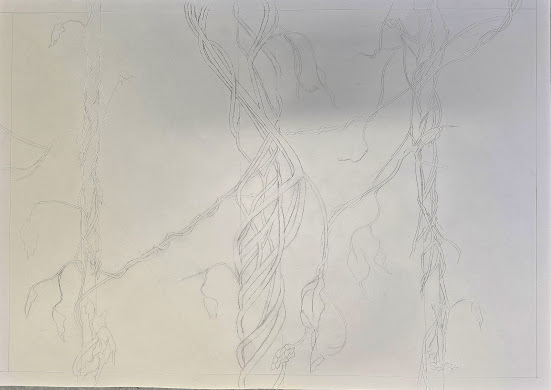Posts
Showing posts from February, 2025
Attaching the foam strips to layers-Castle brief
- Get link
- X
- Other Apps
Making the last two layers for the sky and sea-Castle brief
- Get link
- X
- Other Apps
Process of the laser cutting and artist research-Castle brief
- Get link
- X
- Other Apps
Artist research Jeni Cairns-Castle brief
- Get link
- X
- Other Apps
Problem solving, correcting mistakes on PhotoShop- Castle brief
- Get link
- X
- Other Apps
Using ProCreate to trace- Castle brief
- Get link
- X
- Other Apps





